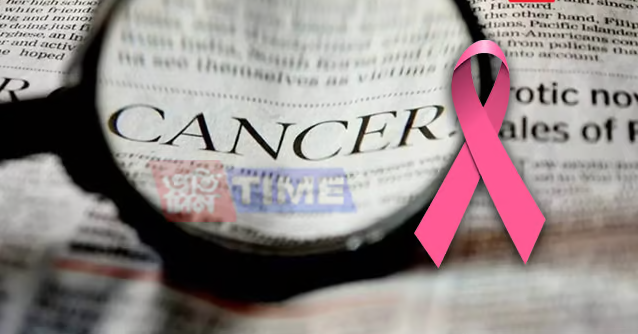Praful Reddy, a 49-year-old IT professional hailing from the southern Indian state of Andhra Pradesh, has been battling lung cancer for the past two years. Despite undergoing targeted therapy, chemotherapy, and radiation treatments to halt its progression, he grapples with recurring side effects like vomiting, headaches, and ulcers. His future remains uncertain, with the possibility of a lobectomy looming if his condition doesn’t improve.
Meanwhile, in Bengaluru, the capital of the neighboring state of Karnataka, 12-year-old Dipti is waging her own fight against Wilms tumor, a rare kidney cancer that predominantly afflicts children. While undergoing radiation therapy, she experiences distressing side effects such as skin damage and hair loss, underscoring the challenges faced by cancer patients, regardless of age.
These poignant narratives reflect a larger trend sweeping across India, as highlighted in a recent report by Apollo Hospitals, a leading healthcare group. Termed “the cancer capital of the world,” India is witnessing a staggering surge in cancer cases, signaling a broader decline in public health. The report paints a grim picture, revealing that one in three Indians is pre-diabetic, two in three are pre-hypertensive, and one in 10 battles depression. Chronic illnesses like cancer, diabetes, hypertension, cardiovascular diseases, and mental health disorders have reached alarming levels, underscoring a pressing public health crisis.
Projections indicate a further escalation in cancer cases, with estimates suggesting an annual tally of 1.57 million cases by 2025, up from nearly 1.4 million in 2020. Breast, cervical, and ovarian cancers afflict women disproportionately, while lung, mouth, and prostate cancers pose significant threats to men’s health.
Various factors contribute to this surge, including an aging population, unhealthy diets rich in processed foods fueling inflammation, exposure to carcinogenic air pollutants, and the exacerbating effects of climate change. Notably, certain cancers manifest at an earlier age in India compared to other nations, indicating complex underlying factors at play.
Children, too, are increasingly caught in the crosshairs of this epidemic, with approximately one million new cancer cases diagnosed annually, of which 4% affect pediatric patients. However, the glaring inadequacy of pediatric oncology facilities poses a formidable challenge, particularly in government hospitals and medical colleges. Limited financial resources, coupled with social stigma, often deter families from seeking timely diagnosis and treatment, exacerbating the crisis.
Addressing this burgeoning public health challenge necessitates concerted efforts to bolster preventive healthcare measures and enhance screening rates. Prioritizing early detection through incentivized screening programs and expanding access to curative services are imperative steps in stemming the tide of cancer. Collaboration between governmental bodies, healthcare institutions, and community stakeholders is essential to mitigate the burgeoning cancer burden and safeguard public health for future generations.















































